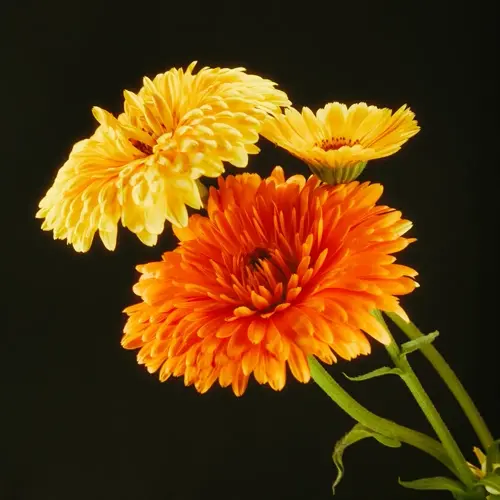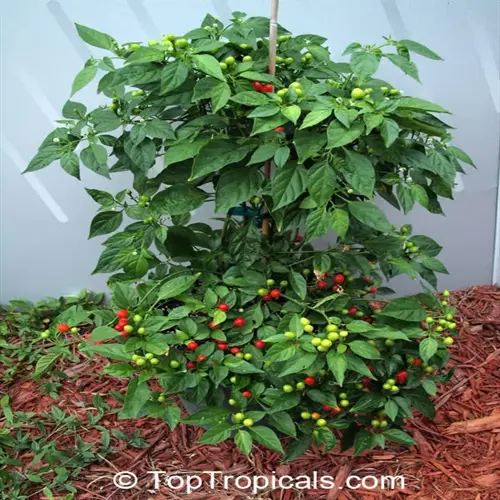What part of catnip is used for tea?

Written by
Nguyen Minh
Reviewed by
Prof. Charles Hartman, Ph.D.Catnip tea primarily utilizes the leaves and flowers of the plant when they are at their peak strength. These plant parts contain the most nepetalactone, the compound that elicits relaxation effects. Harvesting your leaves and flowers at the perfect time will ensure optimal flavor and medicinal power in every tea cup.
Optimal Harvest
- Pick leaves and flowers mid-morning after dew evaporates
- Choose plants at flowering peak for highest oil concentration
- Use sharp scissors to avoid damaging stems
Drying Process
- Bundle stems upside-down in dark, ventilated areas
- Maintain 60-70°F temperature for 2-3 weeks
- Crumble when leaves crackle dry
Brewing Technique
- Steep 1 teaspoon dried herb per 8 oz water
- Cover cup while infusing for 5-7 minutes
- Strain before drinking to remove plant matter
Gather the plant when the flowers are just beginning to open and the essential oils are at their peak production. Avoid the stems, which add bitterness but offer no nutritional benefits. A collection in the morning allows you to collect when the oils are not degraded by the sun. Be sure to handle the plant gently while harvesting to preserve the volatile compounds that give the plant its mint-like aroma in the tea.
To store dried leaves and flowers properly, keep them in airtight glass jars and store them in a dark, cool location, which will help preserve the medicinal properties for approximately 1-1.5 years. Check for freshness periodically each month by smell; loss of aroma may indicate loss of potency. For the best quality tea, harvest it freshly each season as each season produces a different cup.
You can make catnip tea for digestive relief and/or relaxation before bedtime. You can also combine with chamomile to enhance the calming effect. Be sure not to use boiling water, as it destroys delicate oils. Use 190°F for the perfect infusion. You can drink 1-2 cups a day as part of your wellness routine.
Read the full article: How to Grow Catnip: The Complete Guide

